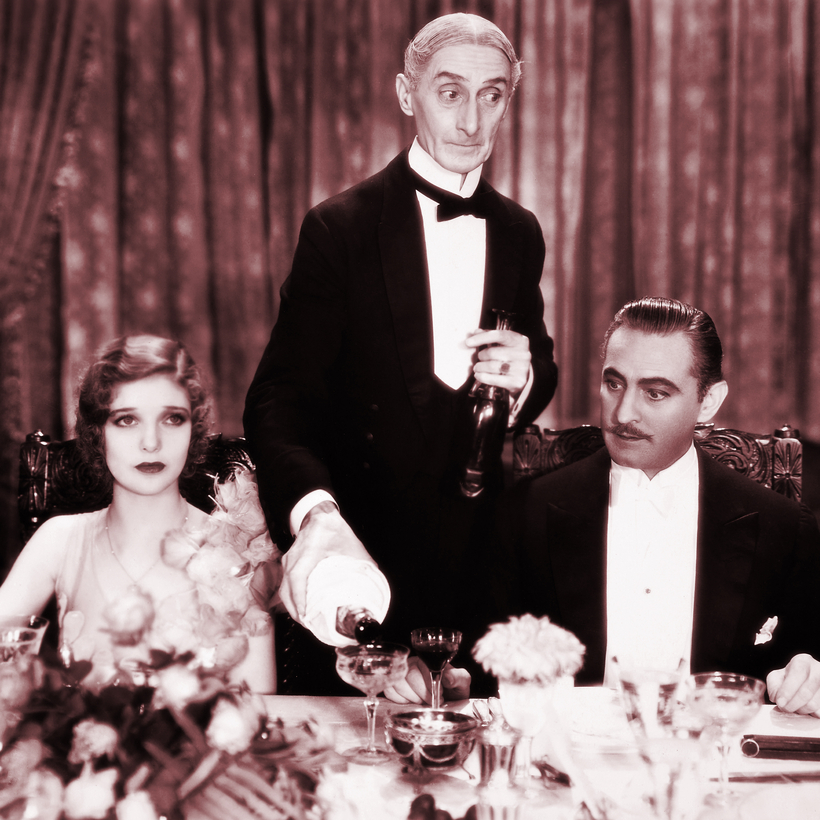In a 1990 episode of The Simpsons, congenitally rumbustious young Bart is sent to France as an exchange student, on the face of it a pretty odd—and cushy—punishment for an incident involving a cherry bomb, a bathroom stall, and the wife of the school principal.
But as it turns out, Bart is billeted at a rundown vineyard and treated abominably by the owners, who force him to pick and crush grapes and taste-test wine laced with ethylene glycol (a toxic if sweet-on-the-tongue main ingredient in anti-freeze). The unscrupulous vintners’ goal was to add a certain je ne sais quoi to the vin (très) ordinaire.

Actually, this was a plot ripped almost straight from the recipe books, according to Vintage Crime: A Short History of Wine Fraud, by Rebecca Gibb, a journalist and wine critic.
In the mid-1980s, ethylene glycol’s somewhat less lethal kin, diethylene glycol, a similarly colorless, similarly sweet-tasting chemical that is used in brake fluid, was deployed by some Austrian wine-makers to give their thin brew more body. These were hardly the first departures in flavoring among the viticulturati; they wouldn’t be the last. From all the evidence amassed by Gibb, the days of wine and ruses are eternal.
Since ancient times, honey, sugar, seawater, coloring agents, cider, pepper, spices, and deadly chemicals have all been pressed into service to give some zing to a blah pour, and fatten the bank accounts of the interested parties. “At all stages, from the harvesting of the grapes to the last drops in the bottle,” writes Gibb, “the trust of wine drinkers has been violated by grape growers and vintners, wine merchants and collectors.”
Vintage Crime chronicles many such violations. There were, for example, the late-17th-century German wine dealers, who, when faced with a cold snap, a lousy crop, and the resulting sour wine, added a lead-laced sweetening mixture to the grape vats—with fatal consequences. Likewise, in the mid-1980s, some Italians died after drinking wine that had been blended with methanol, a wood-based alcohol, an addition designed to raise the beverage’s alcohol level, and, thus, its price.
For centuries, wine producers and merchants could adulterate their goods with impunity. Few of the miscreants were caught or prosecuted, perhaps because many of the ingredients they added—the aforementioned spices and sweeteners—posed no health risk to consumers.
The chicanery took myriad forms, including the bait and switch. In some cases, a bottle’s label bore no relationship to its contents. An economics historian estimated that half the bottles of bubbly sold in France between 1907 and 1911 had no business being called champagne. (It was subsequently decreed that wine from outside the country’s Champagne region with a fizz acquired through the addition of yeast and sugar had to be called sparkling wine.) In the mid-1970s, meanwhile, ordinary wine was sold as more valuable Bordeaux, while bottles with the vaunted Graves label contained ordinary vin blanc.

“One of the problems that fine art shares with wine is that ‘the art world still relies, to a great extent, on the word of individual experts, connoisseurs whose personal opinion can change an artwork’s value by millions,’” Gibb notes, quoting from Noah Charney’s The Art of Forgery. “It is the same with wine.... In the most high-profile wine fraud cases in the past forty years, expert individuals have mistakenly given dubious bottles the thumbs-up.” Among such cases: Malcolm Forbes’s purchase, in 1985, of a bottle of Lafite 1787 that is believed to have once been the property of Thomas Jefferson.
Gibb writes with authority and nuance, pointing out that one oenophile’s adulteration could well be another’s amelioration, and she widens her aperture to provide an engaging history of restaurants and menus. If it becomes difficult to keep the scandals and the grape harvests straight, if Gibb has a regrettable fondness for exhortations such as “so buckle up for this juicy journey” and “don’t choke on that glass of Malbec quite yet,” she demonstrates again and again just how short a hop it is from toxic to intoxicating. And, perhaps, vice versa.

Joanne Kaufman is a New York–based journalist and critic


